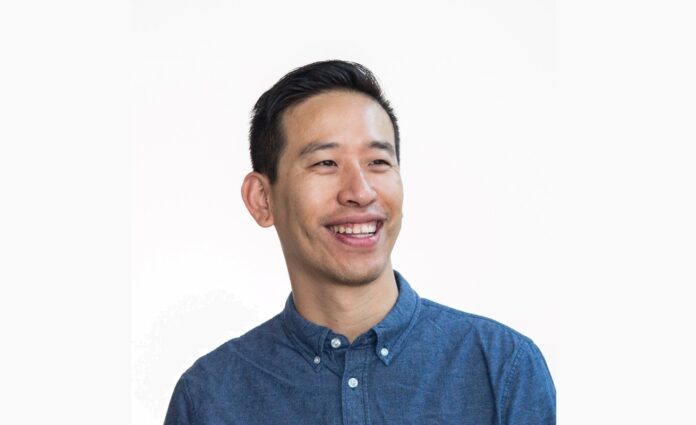I was fortunate to get some Zoom time with Lee-Sean Huang, Senior Director of Learning & Programs at AIGA (the American Institute of Graphic Arts), to talk about how the design profession is evolving, how creative briefs are changing, and how the design community is adapting to new technologies, including AI, which are already having a significant impact on how designers work.
Big shifts have already happened in design –driven by the pandemic’s transformation of the workplace and the arrival of a new generation of design and collaboration tools — and these shifts are accelerating. As Lee-Sean notes, clients “are being more collaborative with their creative teams, whether it’s with agencies or in-house.” He also sees increased investment in in-house creative and design teams.
Lee-Sean acknowledges that while in-person dynamics can be beneficial for certain creative and strategic projects, there are trade-offs; including the need to manually memorialize in-person “analog” interactions via notebook or other analog devices and then transmute this material to the digital realm.
Regarding AI-enabled design tools, Lee-Sean mentions that designers, especially content-focused professionals like illustrators and photographers, are surfacing real concerns about AI tools replacing them. “There’s definitely a lot of fear there. I think for the trained eye, you can still tell if stuff is AI- generated, although I think that that’s going to go away pretty soon. So there’s that kind of fear. But then you can also think, ‘well, maybe the people who are going to be using these AI images weren’t going to be commissioning professional illustrators or photographers anyway and certainly couldn’t pay the rates of somebody like that.’”
Lee-Sean clearly recognizes that AI tools can be beneficial in terms of the ideation and concept development phases of any project, saving time and providing more opportunity to focus on higher-level creative processes.
I was eager to get Lee-Sean’s take on best practices for creative briefs. As he notes, a brief that is too narrow may limit creativity and innovation, while an excessively open-ended brief may lead to “wheel spinning” and a lack of direction. Finding the right balance between open and closed briefs is essential. As Lee-Sean observes, “one of the things that sets more senior designers and creative directors apart from junior ones is that they know how to reinterpret the brief and to manage the relationship with the client and say ‘OK, you said you wanted this in the brief, but maybe we need like a change of scope or change in how we interpret things so we can get somewhere else.’ That’s the perennial dance that we have to do as creative professionals: if we just give clients exactly what they want every single time, then it’s too predictable; too boring. We’re kind of asking to be replaced by AI in that sense, right?”
Lee-Sean reflects on some common themes discussed at recent AIGA conferences, including the imperative that designers expand their scope of knowledge beyond traditional parameters of design to include fluency with AI tools, become more business-savvy, and become expert at aligning creative work with strategic business goals.
BTW, if you’ve never heard of AIGA, its lively website is worth a visit, offering many free resources to the design community across the U.S. Founded in 1914 as a small club of graphic artists, printers, publishers and illustrators in New York City, it has evolved into a nationwide network of professional designers, educators, students and design enthusiasts served by more than 70 chapters.


